Intro
Treat groin pull injuries effectively with 5 proven methods, including stretches, exercises, and recovery techniques to alleviate strain, pain, and inflammation, promoting faster healing and prevention of future groin strains.
The groin area is a sensitive and essential part of the human body, playing a crucial role in movement and flexibility. A groin pull, also known as a groin strain, occurs when the muscles in the groin area are stretched or torn, leading to pain, discomfort, and limited mobility. Groin pulls are common injuries, especially among athletes and individuals who engage in physical activities that involve sudden changes of direction, such as soccer, basketball, and tennis. The importance of treating a groin pull cannot be overstated, as neglecting the injury can lead to further complications, prolonged recovery time, and decreased performance.
Groin pulls can be caused by a variety of factors, including overstretching, direct blows to the groin area, and weak or tight muscles. The symptoms of a groin pull can range from mild to severe and may include pain, swelling, bruising, and limited mobility. In some cases, a groin pull can be accompanied by a snapping or popping sound, indicating a more severe injury. It is essential to seek medical attention if the symptoms persist or worsen over time. A proper diagnosis and treatment plan can help alleviate the symptoms, promote healing, and prevent future injuries.
The treatment of a groin pull typically involves a combination of rest, ice, compression, and elevation (RICE), as well as physical therapy and stretching exercises. In some cases, medication may be prescribed to manage pain and inflammation. It is also important to identify and address any underlying factors that may have contributed to the injury, such as muscle imbalances or poor training techniques. By taking a comprehensive approach to treatment, individuals can reduce their risk of further injury, promote optimal healing, and return to their normal activities as quickly and safely as possible.
Treatment Options for Groin Pull
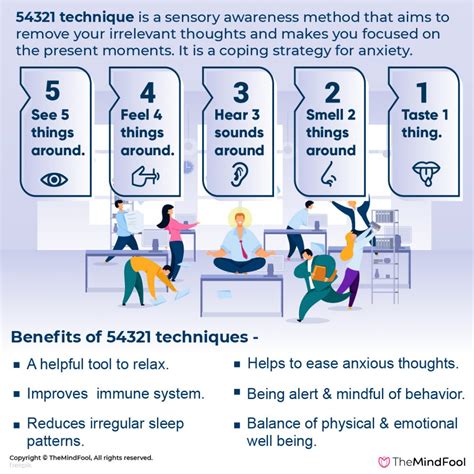
There are several treatment options available for groin pulls, ranging from conservative management to surgical intervention. The choice of treatment depends on the severity of the injury, as well as the individual's overall health and fitness level. Some common treatment options for groin pulls include physical therapy, stretching exercises, and strengthening exercises. These treatments can help improve flexibility, strength, and range of motion, reducing the risk of further injury and promoting optimal healing.
Physical Therapy for Groin Pull
Physical therapy is a crucial component of groin pull treatment, helping to improve flexibility, strength, and range of motion. A physical therapist can design a customized exercise program to address the specific needs and goals of the individual, taking into account the severity of the injury and any underlying factors that may have contributed to the condition. Physical therapy may include a variety of techniques, such as heat or cold therapy, ultrasound, and electrical stimulation. These treatments can help reduce pain and inflammation, promote healing, and improve overall function.Causes and Risk Factors of Groin Pull
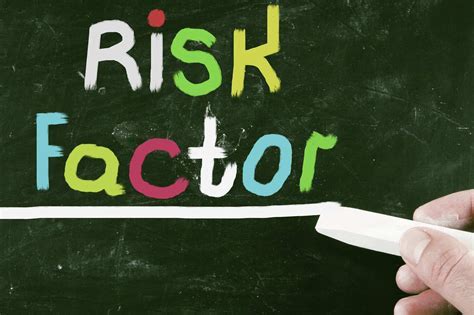
Groin pulls can be caused by a variety of factors, including overstretching, direct blows to the groin area, and weak or tight muscles. Athletes and individuals who engage in physical activities that involve sudden changes of direction are at increased risk of developing a groin pull. Other risk factors may include poor training techniques, inadequate warm-up or cool-down routines, and underlying medical conditions, such as osteitis pubis or hip flexor tendinosis. Identifying and addressing these risk factors can help reduce the likelihood of developing a groin pull and promote optimal recovery.
Prevention Strategies for Groin Pull
Preventing groin pulls requires a combination of proper training techniques, adequate warm-up and cool-down routines, and overall fitness and conditioning. Athletes and individuals who engage in physical activities can reduce their risk of developing a groin pull by incorporating stretching and strengthening exercises into their training program. It is also essential to listen to the body and take regular breaks to avoid fatigue and overexertion. Additionally, wearing proper footwear and using equipment that fits correctly can help reduce the risk of injury.Stages of Recovery from Groin Pull
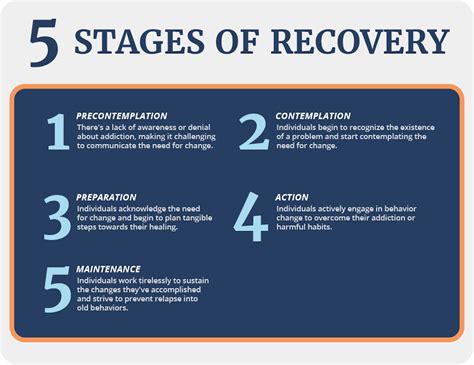
The recovery process from a groin pull typically involves several stages, including the acute phase, the subacute phase, and the chronic phase. During the acute phase, the focus is on reducing pain and inflammation, as well as promoting healing and tissue repair. The subacute phase involves progressive strengthening and stretching exercises to improve flexibility and range of motion. The chronic phase focuses on advanced strengthening and conditioning exercises to promote optimal function and reduce the risk of further injury.
Returning to Activity after Groin Pull
Returning to activity after a groin pull requires a gradual and progressive approach to avoid re-injury. Athletes and individuals who engage in physical activities should start with low-intensity exercises and gradually increase the intensity and duration as symptoms allow. It is also essential to listen to the body and take regular breaks to avoid fatigue and overexertion. A proper warm-up and cool-down routine can help reduce the risk of re-injury and promote optimal recovery.Common Mistakes to Avoid when Treating Groin Pull
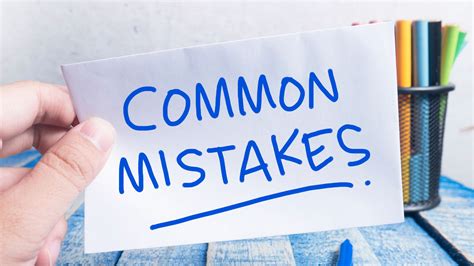
When treating a groin pull, there are several common mistakes to avoid, including neglecting to seek medical attention, failing to follow a proper treatment plan, and returning to activity too quickly. It is also essential to avoid overstretching or overexerting the affected area, as this can lead to further injury and prolonged recovery time. Additionally, neglecting to address underlying factors that may have contributed to the injury can increase the risk of re-injury and reduce the effectiveness of treatment.
Importance of Patience and Persistence when Treating Groin Pull
Treating a groin pull requires patience and persistence, as the recovery process can be lengthy and challenging. Athletes and individuals who engage in physical activities should be prepared to make lifestyle changes and modifications to their training program to promote optimal recovery and reduce the risk of further injury. It is also essential to stay positive and motivated, as a negative attitude can hinder the recovery process and reduce the effectiveness of treatment.Conclusion and Future Directions
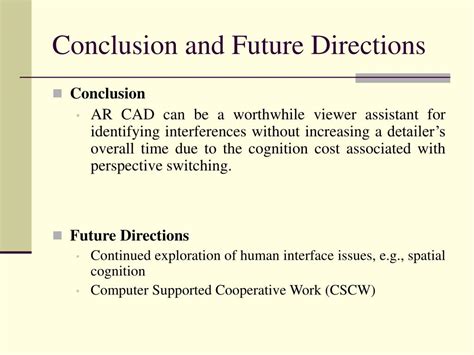
In conclusion, treating a groin pull requires a comprehensive approach that addresses the underlying causes of the injury, as well as the individual's overall health and fitness level. By incorporating physical therapy, stretching exercises, and strengthening exercises into the treatment plan, athletes and individuals who engage in physical activities can reduce their risk of further injury, promote optimal healing, and return to their normal activities as quickly and safely as possible. Future research should focus on developing more effective treatment strategies and prevention programs to reduce the incidence of groin pulls and promote optimal recovery.
Final Thoughts and Recommendations
In final thoughts, it is essential to prioritize groin health and take proactive steps to prevent injuries. Athletes and individuals who engage in physical activities should incorporate stretching and strengthening exercises into their training program, listen to their body, and take regular breaks to avoid fatigue and overexertion. By staying informed and up-to-date on the latest research and treatment strategies, individuals can reduce their risk of developing a groin pull and promote optimal recovery.What are the common causes of groin pulls?
+Groin pulls can be caused by a variety of factors, including overstretching, direct blows to the groin area, and weak or tight muscles.
How can I prevent groin pulls?
+Preventing groin pulls requires a combination of proper training techniques, adequate warm-up and cool-down routines, and overall fitness and conditioning.
What are the symptoms of a groin pull?
+The symptoms of a groin pull can range from mild to severe and may include pain, swelling, bruising, and limited mobility.
We hope this article has provided you with valuable information and insights on treating groin pulls. If you have any further questions or comments, please do not hesitate to reach out. Share this article with your friends and family to help spread awareness and promote optimal recovery from groin pulls.
